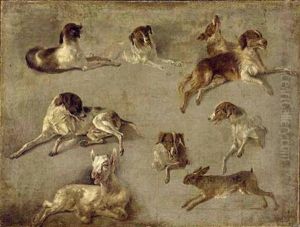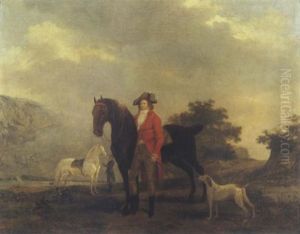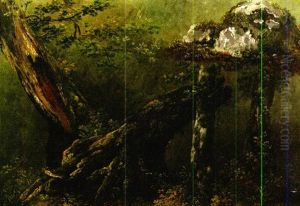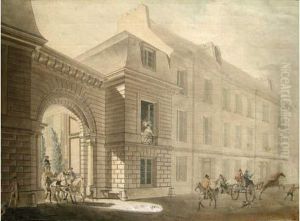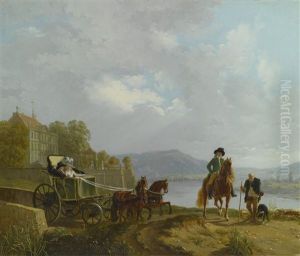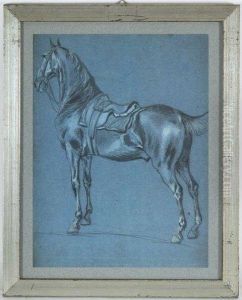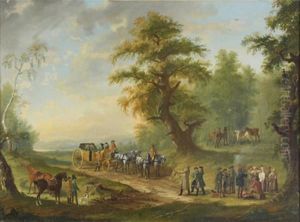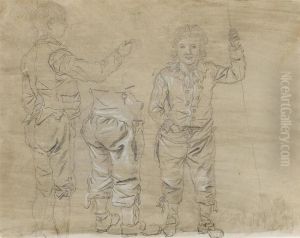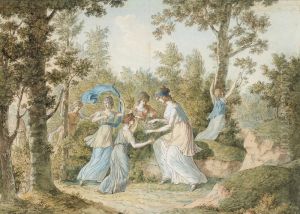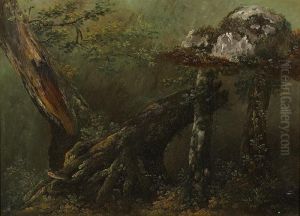Louis-Auguste Brun Paintings
Louis-Auguste Brun, born in 1758 in Morges, Switzerland, was a Swiss portrait artist whose work, though not widely recognized in the grand narrative of art history, holds significance within the context of 18th-century European portraiture. Brun's oeuvre primarily consists of portraits, a genre that flourished during his time due to the rising bourgeoisie's desire to commission personal likenesses and the aristocracy's need to assert their status and lineage. Despite the dominance of French artists in this era, Brun managed to carve out a niche for himself, demonstrating the interconnectedness of European art and the mobility of artists across borders during the period.
Brun's early life is marked by his Swiss heritage, but like many artists of his era, he ventured beyond his homeland to hone his craft. He studied and worked in various parts of Europe, which was common for artists seeking to gain a comprehensive education in the arts. This period was characterized by the exchange of ideas and techniques across different regions, allowing Brun to absorb a range of influences that would later inform his style. His portraits are noted for their detailed rendering, sensitivity to the nuances of facial expression, and the ability to capture the social stature and personality of his sitters. This skill set Brun apart from his contemporaries and earned him commissions from notable figures of his time.
Throughout his career, Brun navigated the challenges posed by the political upheavals of the late 18th and early 19th centuries. The French Revolution and the Napoleonic Wars had profound effects on the art market and on the patronage system that artists like Brun relied upon. Despite these challenges, he continued to work and adapt to the changing tastes and circumstances of his era. His portraits not only serve as historical documents of the people and fashions of his time but also as testaments to the resilience and adaptability of artists in the face of societal changes.
Louis-Auguste Brun's death in 1815 marked the end of a career that was both reflective of and contributory to the artistic developments of his time. While he may not be as well-known as some of his contemporaries, his work provides valuable insights into the subtleties of portrait painting and the social dynamics of 18th-century Europe. His legacy, preserved in collections and museums, continues to offer a window into the complexities and elegance of this pivotal period in art history.



